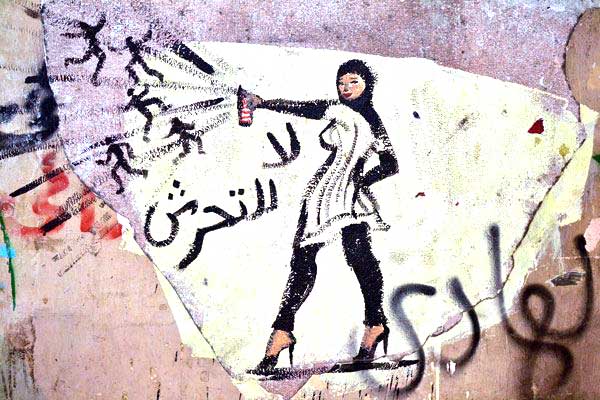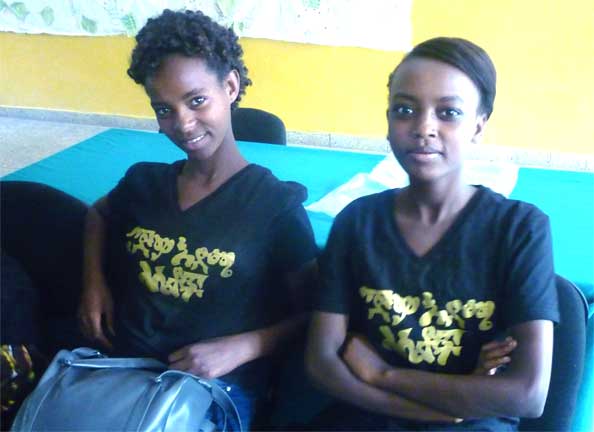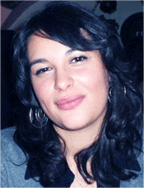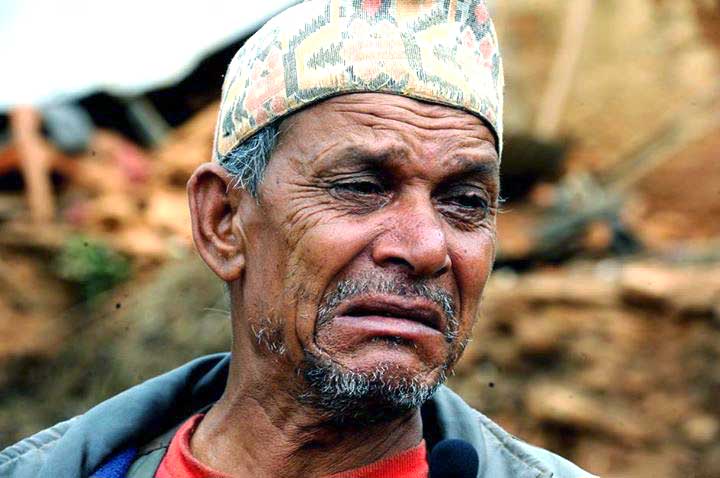
Development professionals will all have heard the word ‘empowerment’. While what the term empowerment means is still subject of discussion, many practitioners and academics agree with this definition: ‘the expansion in people’s ability to make strategic life choices in a context where this ability was previously denied to them’.
It is a process of change, of improvement, of self improvement, and it requires agency: those who are empowered are those who have played a part in the process.
When looking for empowerment projects, in a development context, we may think of livelihoods projects, vocational training and income generation activities, or projects that aim to improve access to or quality of education; or at least I used to.
I have more recently come across initiatives that use arts for social change: projects that use a creative process to inspire those who participate to empower themselves. Arts are powerful tools, they allow for self expression and growth. They can be effective in projects focused on women’s and youth empowerment, projects promoting gender equality, and initiatives that create opportunities for those harder to reach, just to name a few.

Long Live the Girls (LLTG), for example, uses creative writing to promote girls’ empowerment in Hawassa, Ethiopia. It was founded in 2012, through a partnership between Action for Youth & Community Change and Break Arts: International Arts & Education Collaborative. The project aims to create safe spaces for girls and women to speak and write with freedom, to spark up conversation on women’s rights, and does so by coordinating workshops, readings and street performances.

LLTG has worked with women and girls aged 9 to 55, and has engaged 80 women in the past three years. LLGT also organised one literary tour from Hawassa to Addis Ababa, Ethiopia’s capital, giving young girls and women in the Southern Nations Nationalities and Peoples region an opportunity to travel outside their home communities. Long Live the Girls is hoping of growing further and run a new cycle of activities in 2015, if additional funding is secured.
Through this multi-generational creative process, LLTG has created two books of poems and stories that respond to gender policies in Ethiopia. The latest, Love Rules, is scheduled to release this month. The first one, Girl Manifesto, was published in December 2013.
But why use writing to promote gender equality and women’s empowerment?
“We believe that creative writing is a transformational process” – answers Amanda Leigh Lichtenstein, co-founder of LLTG – “through writing and sharing stories, we go through a process of discovery and awareness building that can only happen through putting the pen to the page. In sharing these poems and stories, we discover the power words have to shape and shift our realities.”
According to Amanda, “this is especially true when trying to translate ‘gender-speak’ – gender policies – into relatable stories that everyone can understand”.
The Girl Manifesto cycle was focused on discussing Article 35 of the Ethiopian Constitution on Women’s Rights, for instance, and particularly on discussing the gap between the vision of the article and the reality of day to day life; this allowed girls as young as 11 to formulate ideas around gender and equality, as well as freedom and identity. None of the girls and women participating had heard of Article 35 before being involved with LLGT.
| Did you know?Arts are also increasingly used to promote awareness around certain issues, including women’s rights, children’s rights, violence in conflict areas, and many more.This is referred to as ‘Edutainment’, or educational entertainment. Soap operas that address complex issues, and aim to inspire social change, are an example of edutainment. For instance, the Soul City Series, a 17 year old tv programme broadcast in South Africa, created by the Soul City Institute for Health and Development Communication (SC IHDC), looks at social and health issues within the fictional community of Soul City. Sexto Sentido, created by Puntos de Encuentro, in Nicaragua, addresses issues particularly relevant to youth.
See Also |
Let’s move to another continent, and look at Music Basti, in New Delhi, India.
Music Basti was created in 2008 and works towards empowering youth and creating awareness around youth at risk issues, using music. The organization “connects at-risk children, youth and artists, with the aim to inspire growth and a sense of community through a creative and joyful music learning experience”.
By being engaged in Music Basti’s music and art activities, youth are encouraged to enhance their life skills, particularly self-confidence, communication, creativity and cooperation.
Another initiative using music is the Landfill Harmonic. As the name suggests, this is an orchestra born out of waste recycling. The project founder had the innovative idea of turning scraps into musical instruments and start giving lessons to the children of the communities living near the landfill in Cateura, Paraguay.
One of the Landfill Harmonic’s goals is to demonstrate that creative and simple solutions can bring powerful social transformation to the poorest communities. The founders and members of the project believe that the power of music brings social transformation, as not only the youth participating are inspired to develop their skills and create a better future for themselves, they are also inspiring their families and communities. Thanks to a successful kickstarter campaign, the initiative is now producing a film, to raise awareness on poverty, music education and recycling.
Of course, these are just a few of the many projects around the world using creative activities to empower women and youth, but they are very good examples of how arts and the creative process can promote self growth and skills development, increase awareness of inequality issues in societies, and encourage people to speak up and advocate for social change.











